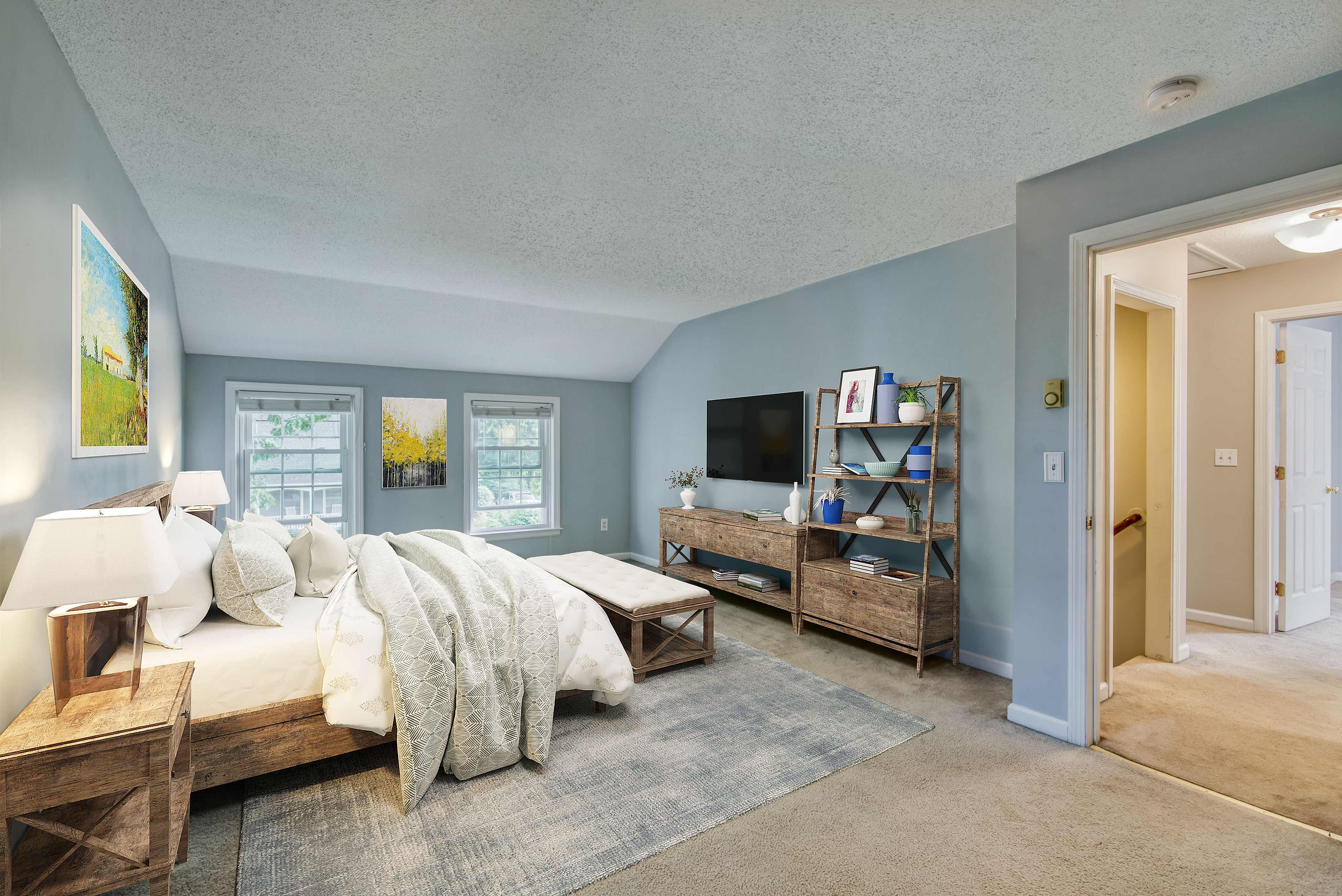Bringing Empty Spaces to Life: The Power of Virtual Staging in Real Estate
In the age of digital transformation, the real estate industry is rapidly embracing new technologies to attract buyers and close deals faster. One of the most impactful tools in recent years is virtual staging—a digital method of furnishing empty properties using computer-generated images. This technique allows real estate agents, homeowners, and developers to present a visually appealing version of a property without the cost and labor associated with traditional home staging. With most home searches starting online, how a listing looks has become more important than ever.
Virtual staging works by taking high-quality photos of empty rooms and then using specialized software to digitally insert furniture, rugs, lighting, artwork, and even plants. The final images showcase the property in a warm, lived-in style, helping prospective buyers visualize how the space can be used. This is particularly useful for new developments, rental properties, or homes that have already been vacated. It creates an emotional connection with buyers, which is a critical part of the decision-making process.

One of the greatest advantages of virtual staging is its affordability. Traditional staging can cost thousands of dollars, especially if a property needs to be staged for several months. Furniture rental, moving services, and setup labor quickly add up. In contrast, virtual staging is a one-time expense, often costing just a few hundred dollars per property. It also eliminates the need for logistics like storing furniture or worrying about damage and insurance. This makes it a practical choice for real estate professionals operating within a budget.
Speed and flexibility are other key benefits of virtual staging. Physical staging can take days or weeks to coordinate, whereas virtual staging can often be completed within 24 to 48 hours. Additionally, sellers can create multiple versions of a room to appeal to different tastes. For example, a living room can be staged with modern, minimalist furniture or with a classic, cozy theme depending on the target demographic. This type of customization is simply not possible with traditional methods.
However, it’s important to use AI virtual staging ethically. Misleading buyers with overly edited or unrealistic images can lead to disappointment and damage a seller’s reputation. Transparency is key—agents should always indicate when a photo has been virtually staged. The goal is not to deceive, but to help potential buyers see the possibilities. When done right, virtual staging enhances the presentation of a property without compromising trust or integrity.
In conclusion, virtual staging has become an essential marketing tool in the real estate industry. It offers a cost-effective, fast, and versatile way to present properties in their best light. As technology continues to evolve and buyer expectations shift toward online experiences, virtual staging is likely to become even more sophisticated and widespread. For sellers and agents looking to stay ahead in a competitive market, embracing virtual staging is not just a trend—it’s a smart investment in the future of real estate.
Comments
Post a Comment